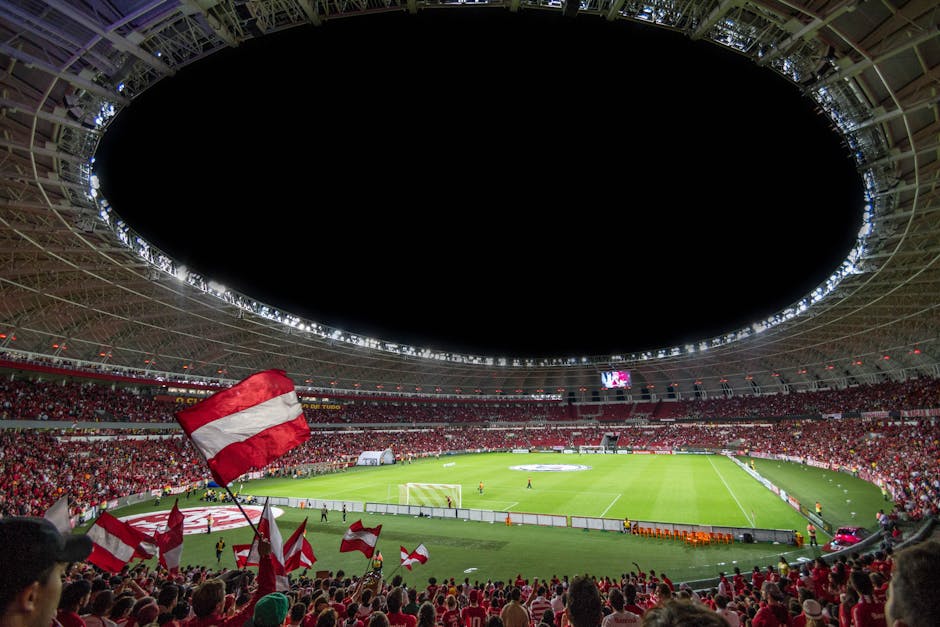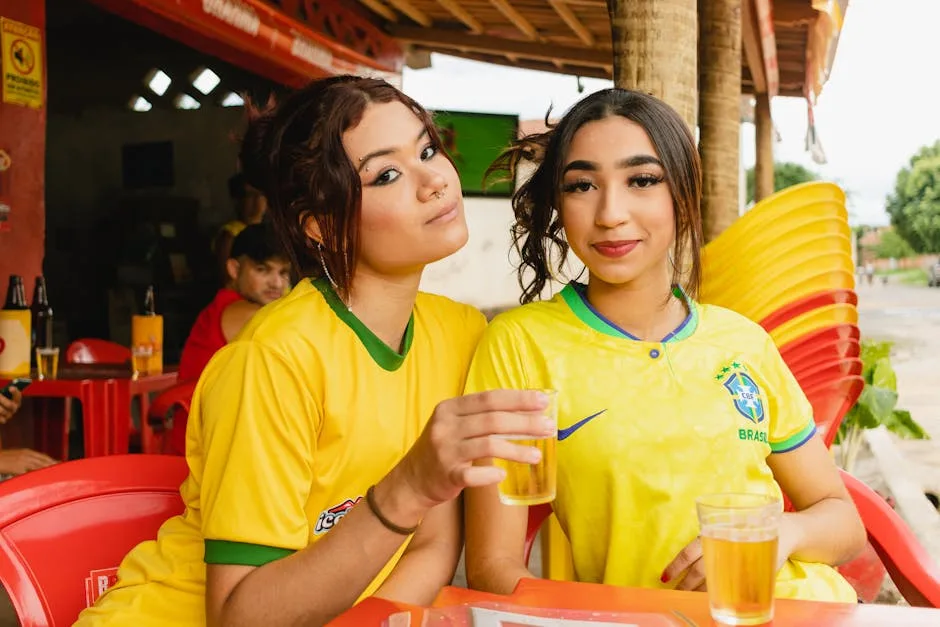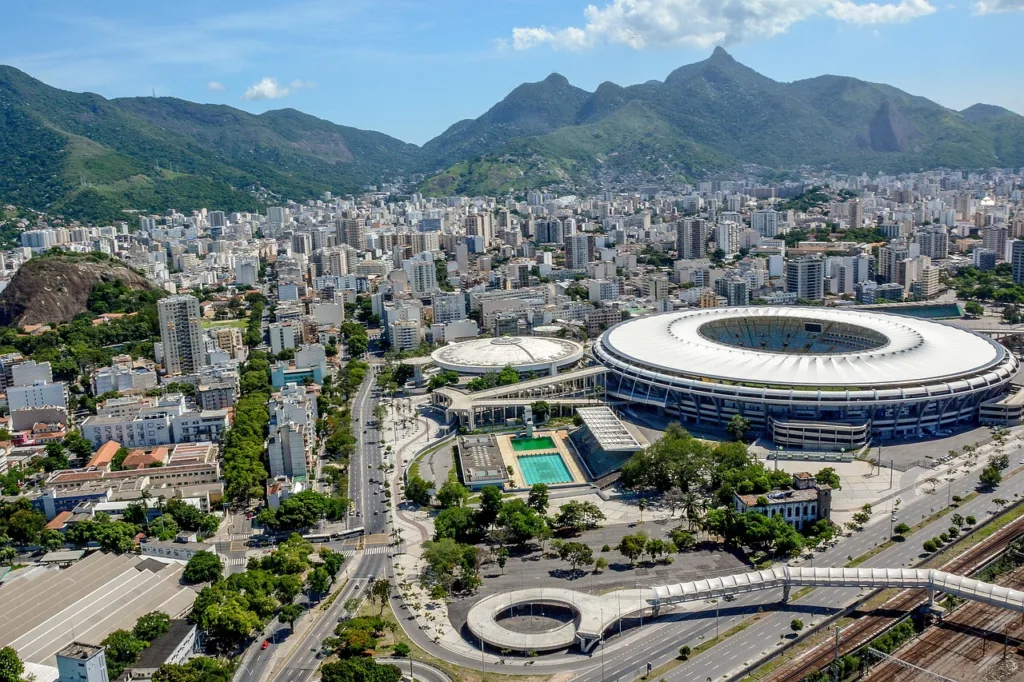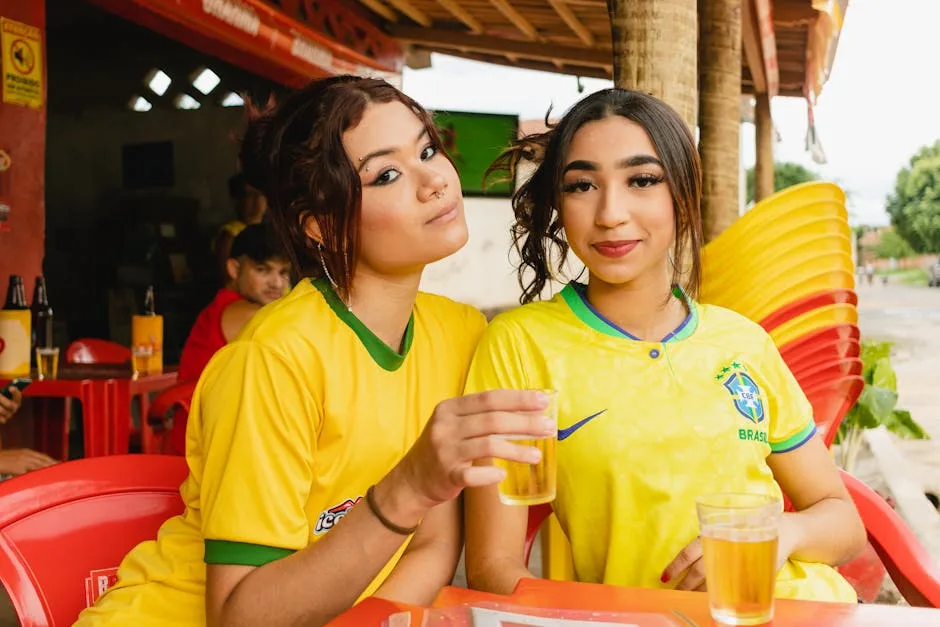- The Heartbeat of a Nation
- From Elite Pastime to ‘O Jogo Bonito’
- The Maracanazo: A Scar on the National Psyche
- Pelé and the Golden Age: A New Dawn
- Politics, Propaganda, and Resistance
- Globalization and the 7-1: A Modern Identity Crisis
- The Contested Canary Yellow Jersey
- The Enduring Rhythm of the Game
The Heartbeat of a Nation
Listen closely. Can you hear it? It’s a rhythm that echoes from the sandy shores of Copacabana to the dense heart of the Amazon, from bustling São Paulo high-rises to the sun-drenched streets of Salvador. It’s the sound of a ball being kicked, the roar of a crowd, the collective gasp of 200 million people. In brazil, football isn’t just a sport. It’s the nation’s heartbeat, a vibrant, complex, and often contradictory expression of its soul. It’s where pride is forged, where political battles are waged, and where the very essence of what it means to be brazilian is put on display for the world to see.
To understand Brazil, you have to understand its relationship with futebol. It’s a love affair born over a century ago, a story of art, tragedy, glory, and identity. Let’s dive into the story of the Seleção and uncover how a simple game came to define a continent-sized nation.
From Elite Pastime to ‘O Jogo Bonito’
It might be hard to believe now, but football arrived in Brazil as a sport for the white, wealthy elite. British expatriates introduced the game in the late 19th century, and for decades, it was played in exclusive clubs, far from the reach of the masses. The working class and Afro-Brazilians were shut out.
But the game’s appeal was too strong to be contained. It spilled out of the private clubs and onto the streets, the dirt fields (várzeas), and the beaches. Here, a different kind of football began to take shape. It was less rigid, less about the structured, tactical European style, and more about improvisation, rhythm, and individual flair. It was infused with the spirit of capoeira, the swagger of samba. This was the birth of futebol-arte—the art of football—a style that would later be famously dubbed ‘O Jogo Bonito,’ the beautiful game.
Players like Leônidas da Silva, the “Black Diamond,” became early heroes. His acrobatic goals and dazzling skills in the 1930s showed the world that Brazil had a unique gift. The sport was becoming democratized, a powerful force for social inclusion in a deeply stratified society. On the pitch, everyone could be equal.
The Maracanazo: A Scar on the National Psyche
Every great story has its moment of profound heartbreak, and for Brazil, that moment was July 16, 1950. The nation was hosting the World Cup and needed only a draw against Uruguay in the final match at the brand-new, colossal Maracanã stadium in Rio de Janeiro. Victory seemed inevitable. Newspapers had already printed celebratory headlines. A victory song was composed. The entire country was poised for a coronation that would announce Brazil’s arrival as a modern, powerful nation.
And then, they lost. Uruguay’s 2-1 victory in front of nearly 200,000 stunned Brazilian fans plunged the stadium, and the entire country, into a deafening, funereal silence. This event, known as the Maracanazo, was more than a sporting defeat. It was a national trauma, a source of collective shame that author Nelson Rodrigues called “our Hiroshima.” It created a national inferiority complex and even led to the team abandoning its white kits, which were deemed unlucky, in favor of the now-iconic canary yellow jersey.
Pelé and the Golden Age: A New Dawn
Out of the ashes of the Maracanazo, a new Brazil would rise. And its savior would be a 17-year-old boy named Edson Arantes do Nascimento, better known as Pelé.
The 1958 World Cup in Sweden changed everything. With the magical Garrincha on the wing and the prodigious Pelé up front, Brazil captivated the world. They played with a joyous, unstoppable creativity that no one had ever seen before. When they lifted the trophy, it was a moment of pure catharsis. The ghost of 1950 was finally being exorcised.
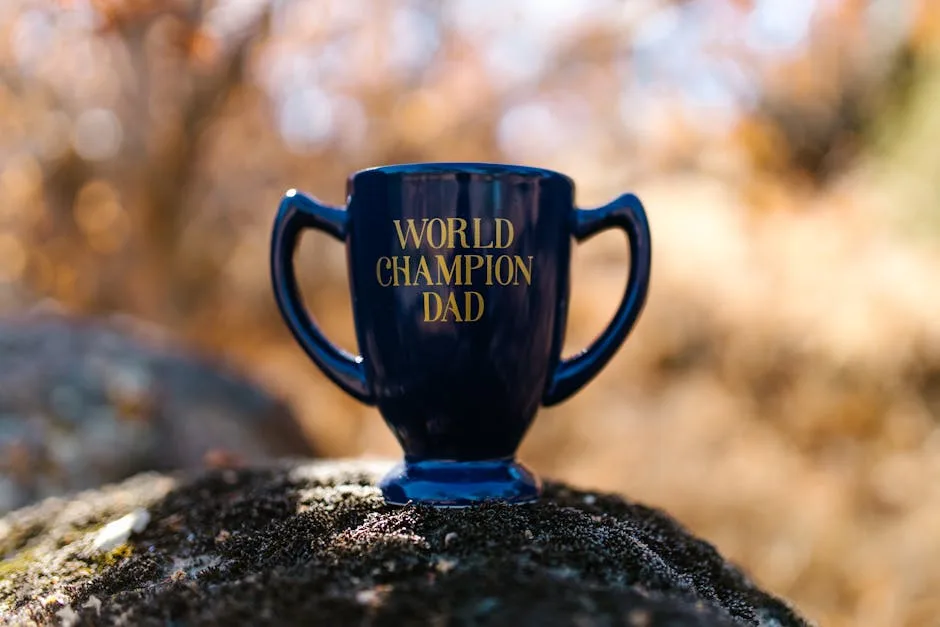
Brazil would go on to win again in 1962 and, most spectacularly, in 1970. The 1970 team is often considered the greatest football team of all time. With Pelé, Jairzinho, Tostão, and Rivelino, they played a brand of football so sublime it was practically art. Broadcast in vivid color to a global audience for the first time, this victory cemented Brazil’s image as the undisputed king of football. The Seleção gave Brazil a new identity to project to the world: joyful, multicultural, creative, and, most importantly, victorious.
Politics, Propaganda, and Resistance
The success of the Seleção wasn’t just a cultural phenomenon; it was intensely political. During the military dictatorship that ruled Brazil from 1964 to 1985, the government cynically co-opted the team’s success. The 1970 victory was used as a massive propaganda tool to promote a sense of national unity and distract from the regime’s brutal repression, torture, and censorship. The slogan “Brasil, ame-o ou deixe-o” (“Brazil, love it or leave it”) was frequently tied to the team’s triumphs.
But football also became a platform for dissent. The most famous example was the Democracia Corinthiana (Corinthian Democracy) movement at the Corinthians club in the early 1980s. Led by the charismatic, intellectual midfielder Sócrates, the team made all its decisions—from signing players to deciding when to stop for lunch—by a democratic vote. On the back of their jerseys, they printed messages like “Dia 15, Vote” (“Vote on the 15th”), encouraging participation in the country’s first direct elections. It was a brave and powerful statement, using the country’s biggest passion as a vehicle for demanding political freedom.
Globalization and the 7-1: A Modern Identity Crisis
In the modern era, the relationship between Brazilians and their team has grown more complex. The best players now leave for wealthy European clubs at a young age, creating a sense of distance. The style of play has often shifted, becoming more pragmatic and physical—a perceived betrayal of the jogo bonito philosophy.
This simmering tension exploded on July 8, 2014. Hosting the World Cup once again, Brazil faced Germany in the semi-final. The result was a 7-1 humiliation, a loss so complete and shocking it was dubbed the Mineiraço. Unlike the tragic Maracanazo, this felt different. It was seen by many as a symbol of a deeper national crisis—a disconnect between a globalized, commercialized team and the soul of the people. It sparked a period of intense soul-searching about the state of Brazilian football and, by extension, the state of Brazil itself.
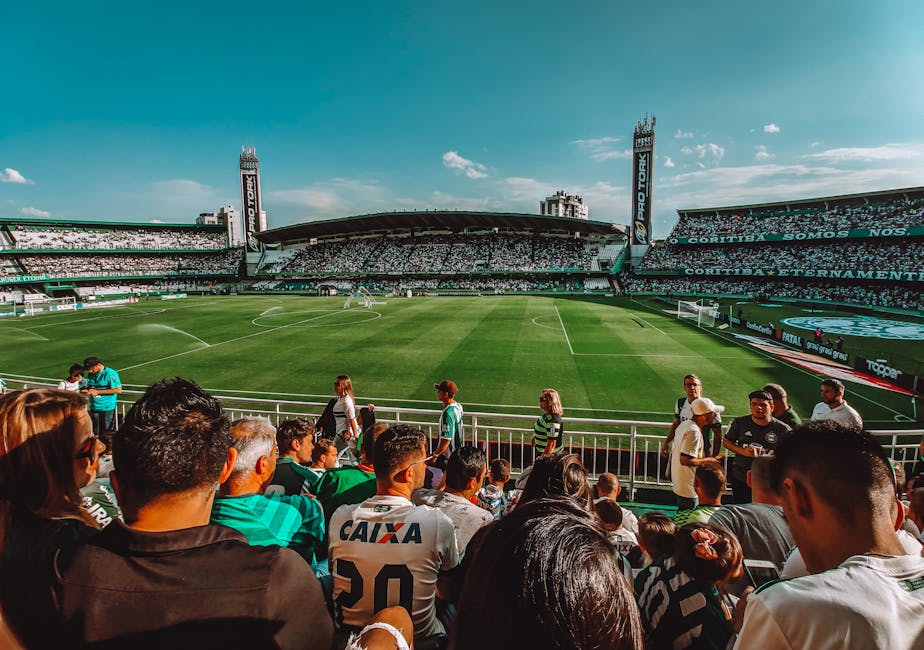
The Contested Canary Yellow Jersey
In recent years, the ultimate symbol of Brazilian football identity—the yellow jersey—has become a political battleground. It was adopted as the uniform of supporters of the far-right former president, Jair Bolsonaro. Protests and political rallies were awash in a sea of canary yellow, a color that was once a unifying symbol for all Brazilians.
This has created a deep rift. Many Brazilians, including supporters of the national team, now feel uncomfortable wearing the jersey, believing it has been co-opted by a political movement they don’t support. There have even been calls to change the color. The struggle over the jersey is a powerful, tangible example of how deeply intertwined football and the national identity remain. Who gets to claim this potent symbol? Who does it represent? The debate is about much more than a shirt; it’s about the very future and identity of the nation.
The Enduring Rhythm of the Game
The Seleção may carry the weight of a nation’s hopes and its political divisions on its shoulders, but the true soul of Brazilian football lives on, resilient as ever. It lives in the barefoot pickup games on the beach, in the fiercely contested amateur matches on the várzea fields, and in the dreams of the next generation of kids who see the ball as a source of joy and a path to a better life. The national team is a mirror, reflecting the country’s triumphs, its flaws, its beauty, and its turmoil. But the game itself? That remains the constant, the enduring rhythm in the heart of Brazil.

